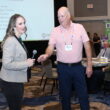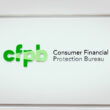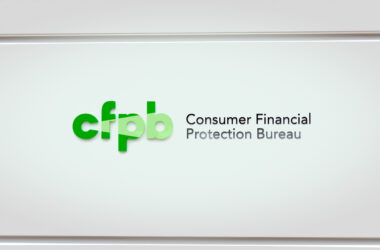U.S. Federal Reserve Chair Jerome Powell Wednesday hinted at smaller interest rate hikes in his progress report on the Federal Open Market Committee’s efforts to slow inflation in the U.S. economy.
Federal funds rates have risen by 3.75 percentage points since March. The moves have raised mortgage rates to near 7 percent, new car financing rates above 6 percent and used car rates to more than 9 percent in October.
“Monetary policy affects the economy and inflation with uncertain lags, and the full effects of our rapid tightening so far are yet to be felt,” Powell said. “Thus, it makes sense to moderate the pace of our rate increases as we approach the level of restraint that will be sufficient to bring inflation down. The time for moderating the pace of rate increases may come as soon as the December meeting. Given our progress in tightening policy, the timing of that moderation is far less significant than the questions of how much further we will need to raise rates to control inflation, and the length of time it will be necessary to hold policy at a restrictive level.”
The rate hikes were to combat inflation, which was at 6 percent for the past year through October. Powell showed inflation started easing in October. He did caution that it was just a one-month trend.
“While October inflation data received so far showed a welcome surprise to the downside, these are a single month’s data, which followed upside surprises over the previous two months,” Powell said. “It will take substantially more evidence to give comfort that inflation is actually declining. By any standard, inflation remains much too high.”
The goal of the fed is to bring inflation down to 2 percent over time, which Powell explained will need further rate adjustments. He did provide more positive news about the economy, with unemployment rates near 50-year lows at 3.7 percent and loosening of supply chains, bringing a close to some price inflation.
“Bottlenecks in goods production are easing and goods price inflation appears to be easing as well, and this, too, must continue,” Powell said.
In the wake of Powell’s economy assessment and the expected continuing slow rise of rates, NIADA anticipates used car demand to remain high, along with opportunities for independent auto dealers.
“As the industry continues to rebound from the COVID-19 pandemic, supply chain shortages that created inventory shortages and all-time high used car valuations, independent used car dealers have a great opportunity to capitalize on new customers coming into their customer circle.”
Jeremy Beck, Vice President at NIADA
“As the industry continues to rebound from the COVID-19 pandemic, supply chain shortages that created inventory shortages and all-time high used car valuations, independent used car dealers have a great opportunity to capitalize on new customers coming into their customer circle,” said NIADA Vice President Jeremy Beck. “With interest rates continuing to rise, it closes the delta of rates our customers typically see, compared to rates larger banks provide franchise dealers. For independent dealers, this means customers will look for lesser expensive vehicles to keep payments low, and interest rate differences between franchise and independent dealers are now more comparable. Both attract more customers to our independent dealers.”










